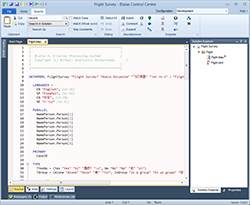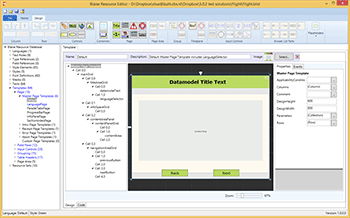Blaise
A Short Introduction
Blaise is a powerful and flexible software package used worldwide for statistical and scientific research.
The Blaise language is suitable for creating a computer assisted survey. The questions can be described in a data model. This data model contains information comparable to a code book, describing a fixed structure of the survey data. It can also contain rules, where you can specify the question order and conditional routes and checks. In many cases a Blaise data model describes a Blaise questionnaire, but this is not necessarily the case. A data model can also describe the data structure of a coding table, or a readily available database.
The software supports the process of both data collection and data processing. It is therefore suitable for use by the researcher as well as the statistician. In addition, system developers can customize or expand the functionality of Blaise applications to use in their own applications.
History
The first version of Blaise dates from 1985. It was created by Statistics Netherlands to help collect and process data. It was an MS-DOS version, originally written in Turbo Pascal, later migrated to Delphi. After expanding its client-base to statistical institutes across the world, the first Windows version was released by Blaise on July 24, 1998 (Blaise 4.0). The development of Blaise 5 started in 2008. It's developed with .NET to allow for new formats such as smartphones and tablets. More recently, MVC and AngularJS started being used in the code as well.
At Statistics Netherlands all data collection is done in Blaise 5, but Blaise 4.8 is still widely used for analyzing the data.


